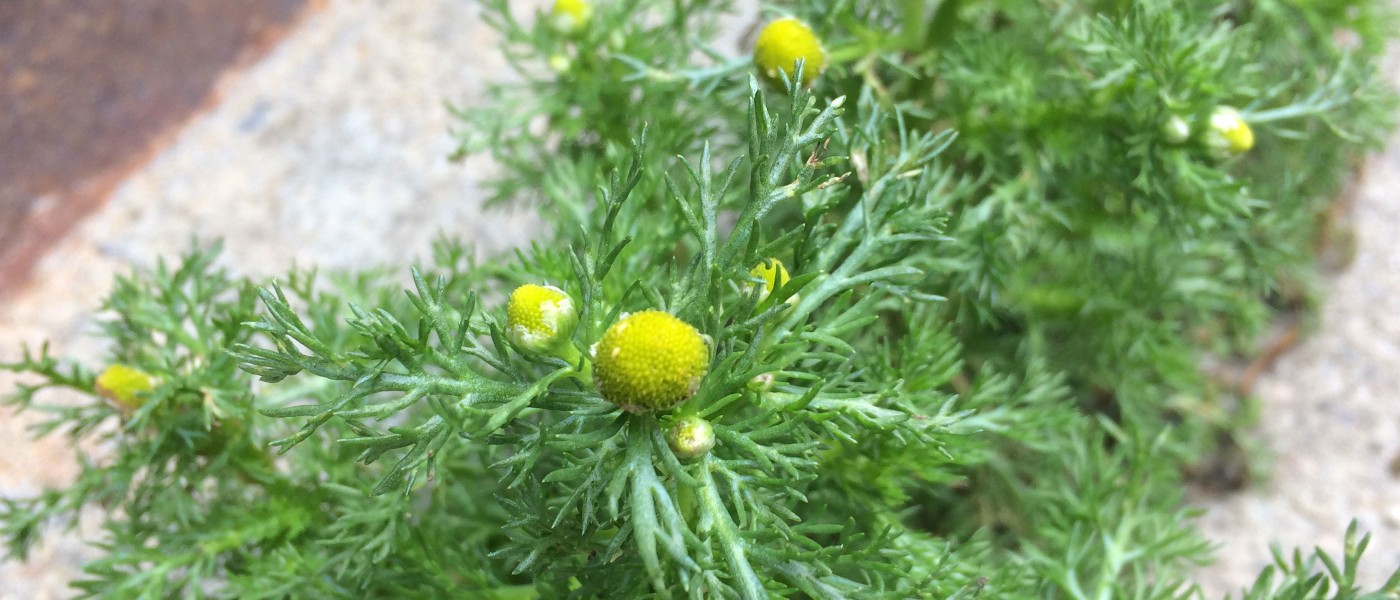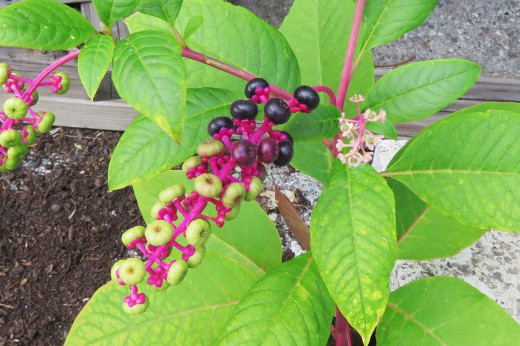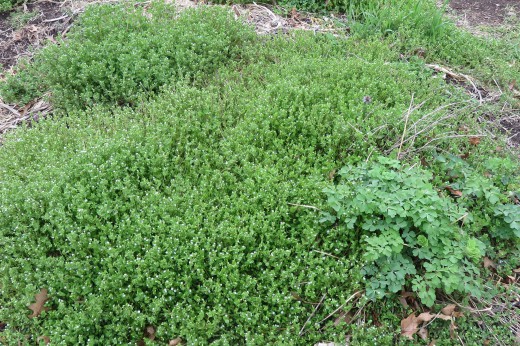Photos are always useful for identifying plants, but you’ll need your sense of smell to help pick out pineapple weed (Matricaria discoidea). If you spot a low clump of feathery, finely dissected leaves growing in a vacant lot or other disturbed area, crush a few leaves between your fingers and sniff. No smell? Might be scentless chamomile (M. perforata). Fragrant and tea-like? Perhaps field chamomile (Anthemis arvensis). Stinky and fetid? Sorry, that might be mayweed (A. cotula). But if the scent transports you to a fruity tropical paradise, well then, you’ve just found pineapple weed!
Pineapple weed, like the look-alikes named above, is a member of the aster family—think daisies, dahlias, and sunflowers. Most likely the common name refers to the plant’s fruity scent, but the appearance of the flower heads also might be a factor. At first glance, the small yellowish-green orbs look a bit like tiny pineapples. Up close they resemble the centers of daisies with the raylike petals plucked off. Greenish flowers are not that common outside the grass family (Poaceae), another reason this plant is so special.
The species is native to the Pacific coast, but it has naturalized across North America. Its fruity smell might tempt you to snack on it—and you can—but as always, beware when you forage. The last clump of pineapple weed I saw was growing in the sidewalk cracks in front of a gas station, and you should avoid eating anything growing in spots that might be polluted.
The flowers do have a history of being used as a tea in folk medicine, though. The genus name, Matricaria, comes from the Latin word for uterus, referring to some species' use in relieving cramps. Pineapple weed flowers growing in uncontaminated soil could be used to make an aromatic tea. Much like its cousin German chamomile (M. chamomilla), it’ll settle your stomach and make you sleepy. It might even lull you into sweet dreams of an island paradise.





